45 is country of origin required on food labels
en.wikipedia.org › wiki › Country_of_originCountry of origin - Wikipedia The Mandatory country-of-origin labeling of food sold in the United States (mCOL) rule was defeated by Canada at the WTO in 2014–2015. CO marketing. Companies may indicate the origin of their products with a number of different marketing strategies: Use of the phrase "Made in..." Use of quality and origin labels; CO embedded in the company name ourworldindata.org › environmental-impacts-of-foodEnvironmental Impacts of Food Production - Our World in Data A general rule is to avoid foods that have a very short shelf-life and have traveled a long way (many labels have the country of ‘origin’ which helps with this). This is especially true for foods where there is a strong emphasis on ‘freshness’: for these products, transport speed is a priority.
yeson30.org › aboutAbout Our Coalition - Clean Air California Prop 30 is supported by a coalition including CalFire Firefighters, the American Lung Association, environmental organizations, electrical workers and businesses that want to improve California’s air quality by fighting and preventing wildfires and reducing air pollution from vehicles.
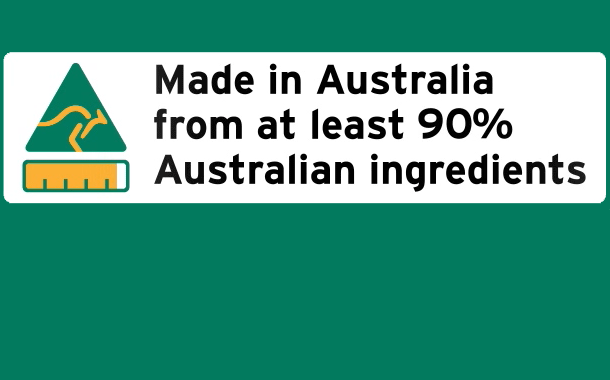
Is country of origin required on food labels
› country-of-origin-food-labellingCountry of origin food labelling | ACCC A visual style guide is available to assist businesses to correctly design and display their country of origin food labels as required by the Standard: Three component standard mark – a graphic and text-based label which is mandatory for priority food items grown, produced or made in Australia. › rules-regulations › coolCountry of Origin Labeling (COOL) | Agricultural Marketing ... January 13, 2017 - Addition of Mandatory Country of Origin Labeling Requirements for Venison; February 2016 Final Rule - Removal of Mandatory Country of Origin Labeling Requirements for Beef and Pork Muscle Cuts, Ground Beef, and Ground Pork (pdf) FAQs: Repeal of COOL Requirements for Beef and Pork (pdf) May 2013 Final Rule to Amend Meat Labeling › country-of-origin-claimsCountry of origin claims | ACCC - Australian Competition and ... Country of origin food labelling. The Food Labelling Standard requires most foods offered for retail sale to have information on the country where the food was grown, produced or made. See Country of origin food labelling for more information on the types of food that require country of origin labelling. Together with fact sheets and guides, we ...
Is country of origin required on food labels. en.wikipedia.org › wiki › Geographical_indicationsGeographical indications and traditional specialities in the ... The TSG quality scheme aims to provide a protection regime for traditional food products of specific character. Differing from PDO and PGI, this quality scheme does not certify that the protected food product has a link to specific geographical area and a product can thus be produced outside the area or country from which it originates. › country-of-origin-claimsCountry of origin claims | ACCC - Australian Competition and ... Country of origin food labelling. The Food Labelling Standard requires most foods offered for retail sale to have information on the country where the food was grown, produced or made. See Country of origin food labelling for more information on the types of food that require country of origin labelling. Together with fact sheets and guides, we ... › rules-regulations › coolCountry of Origin Labeling (COOL) | Agricultural Marketing ... January 13, 2017 - Addition of Mandatory Country of Origin Labeling Requirements for Venison; February 2016 Final Rule - Removal of Mandatory Country of Origin Labeling Requirements for Beef and Pork Muscle Cuts, Ground Beef, and Ground Pork (pdf) FAQs: Repeal of COOL Requirements for Beef and Pork (pdf) May 2013 Final Rule to Amend Meat Labeling › country-of-origin-food-labellingCountry of origin food labelling | ACCC A visual style guide is available to assist businesses to correctly design and display their country of origin food labels as required by the Standard: Three component standard mark – a graphic and text-based label which is mandatory for priority food items grown, produced or made in Australia.
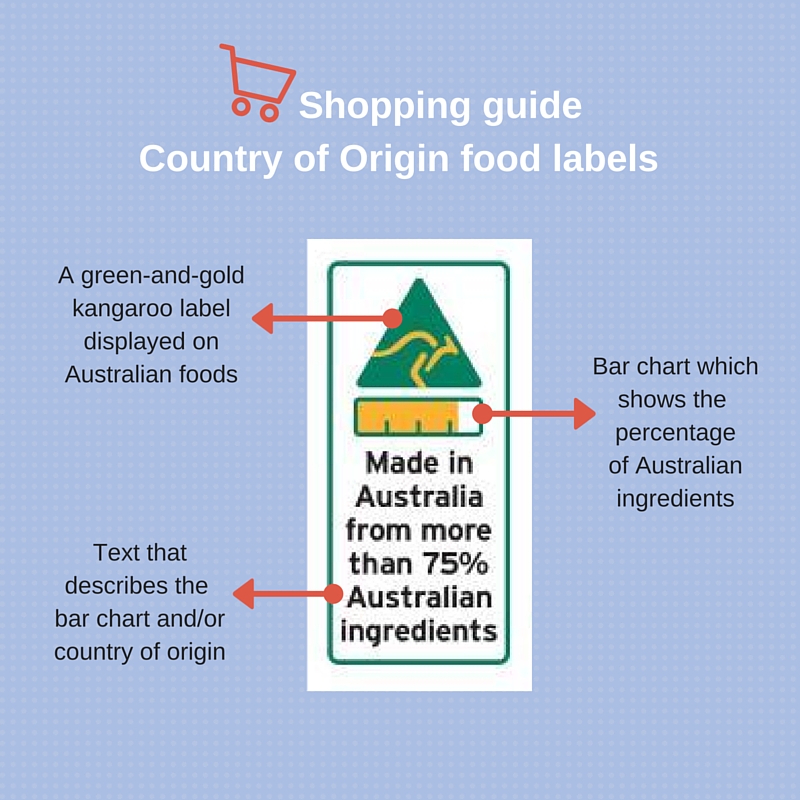
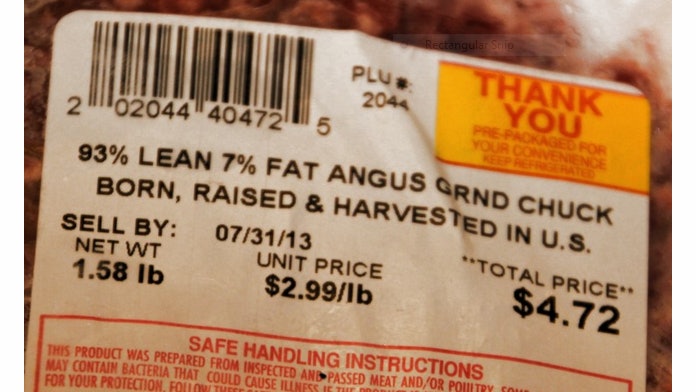
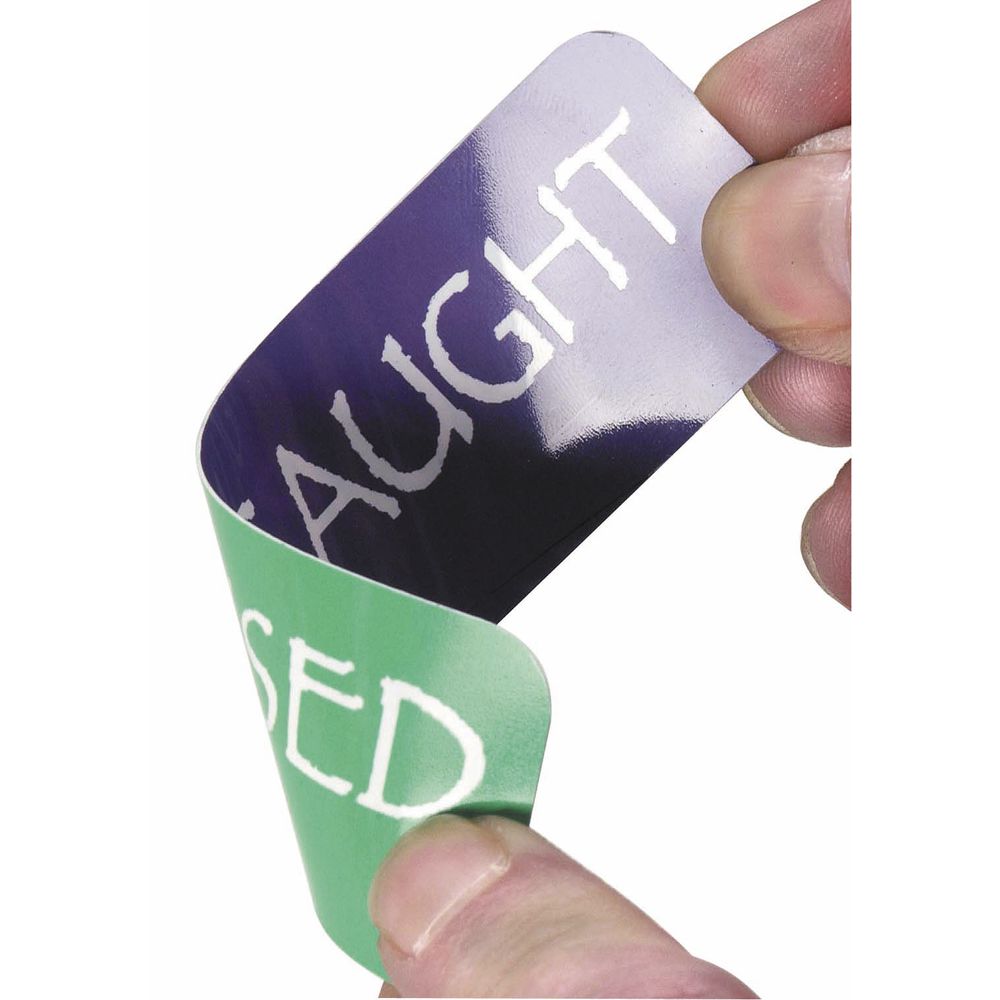


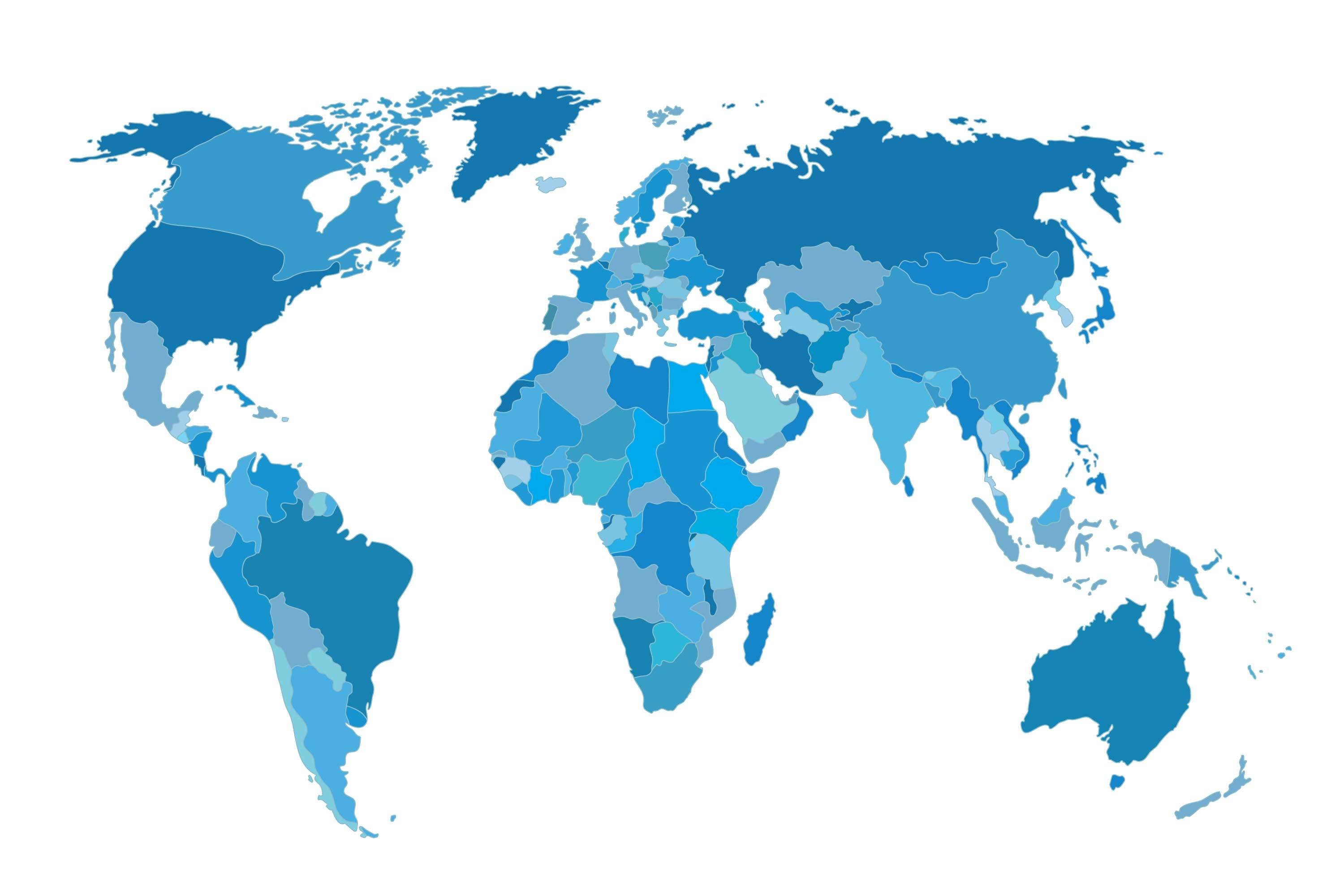
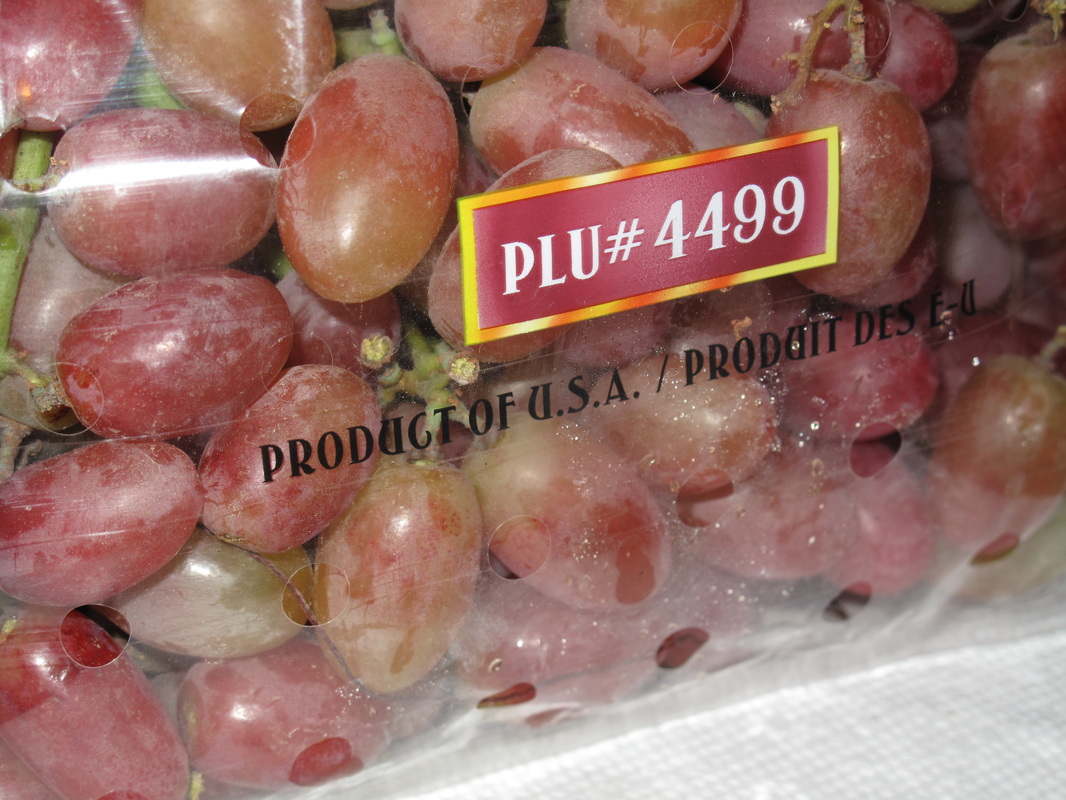
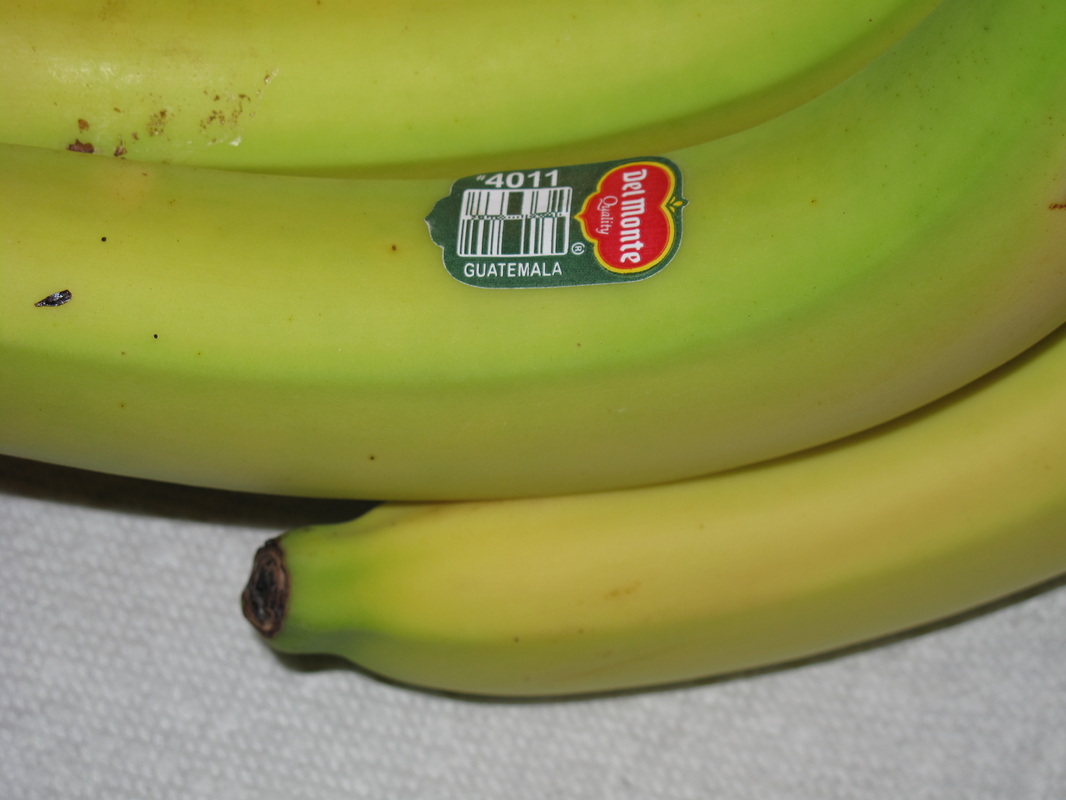
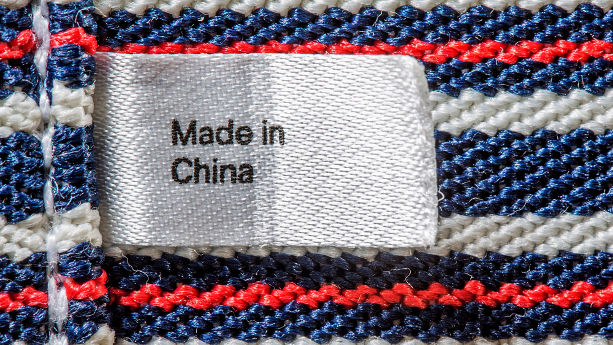




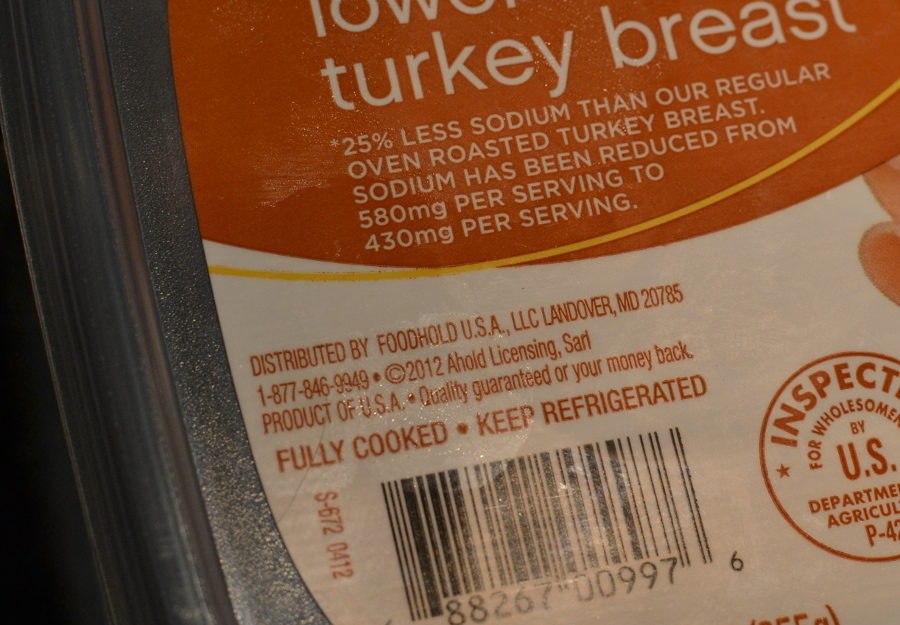
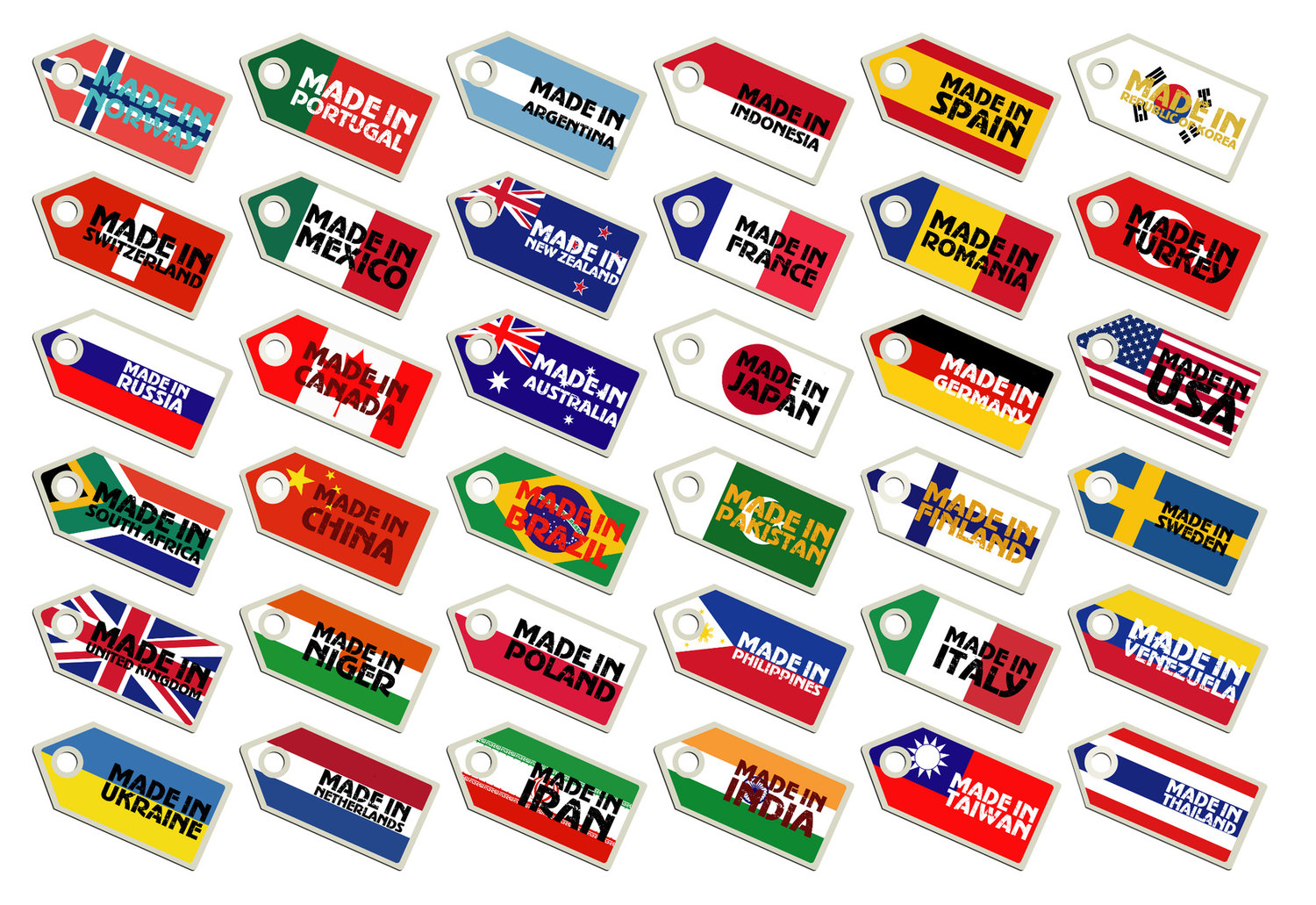


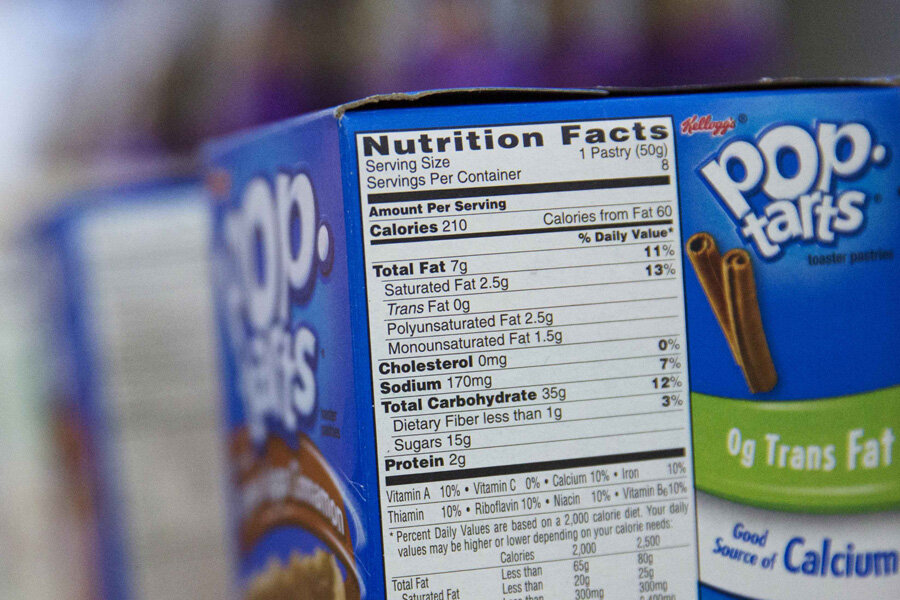
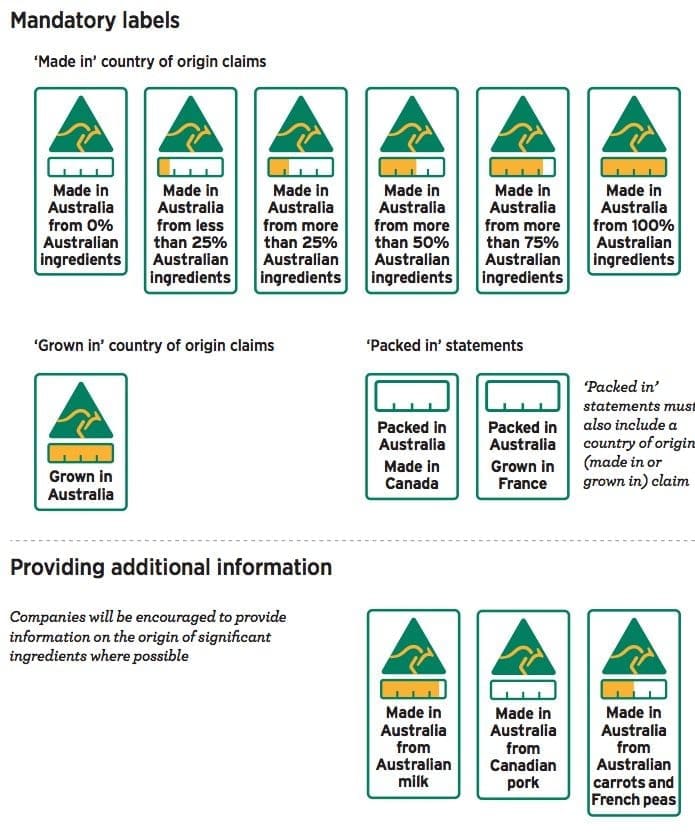



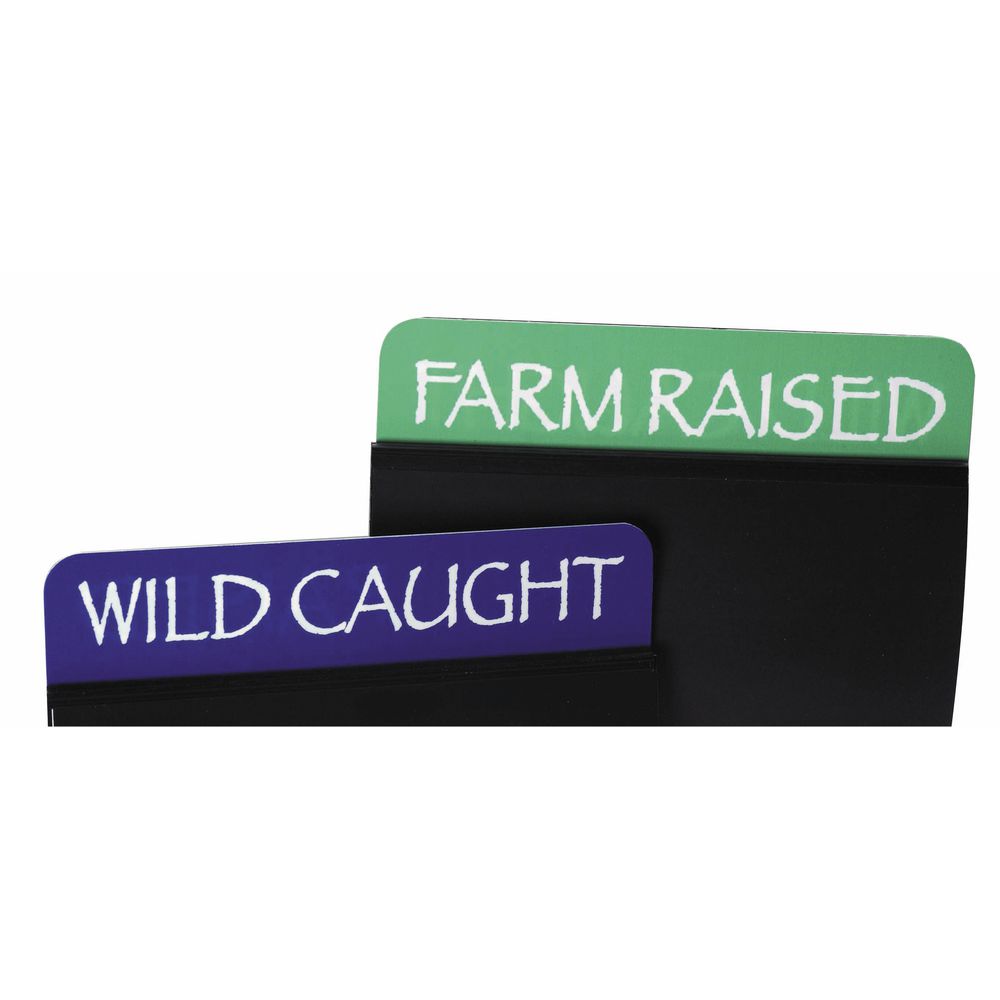
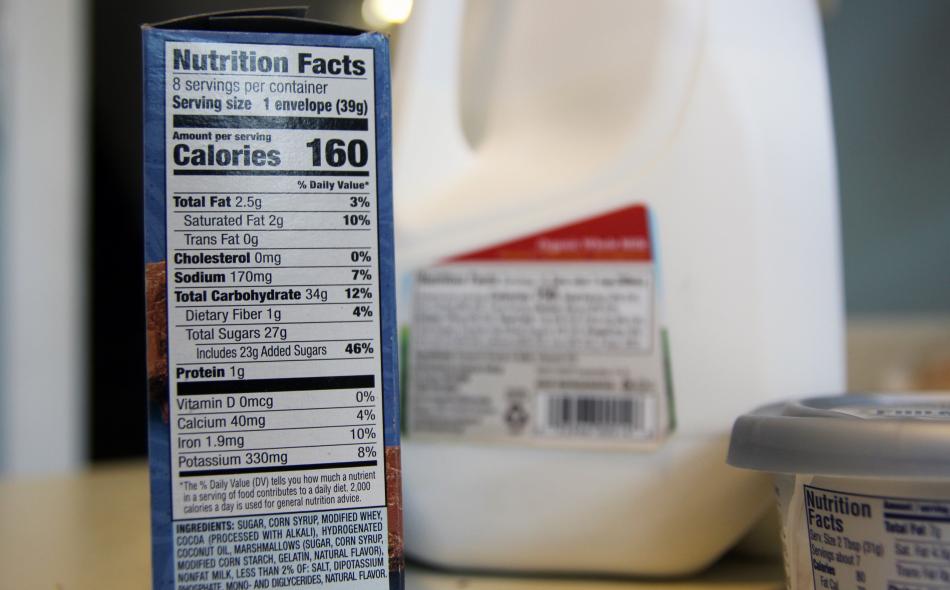
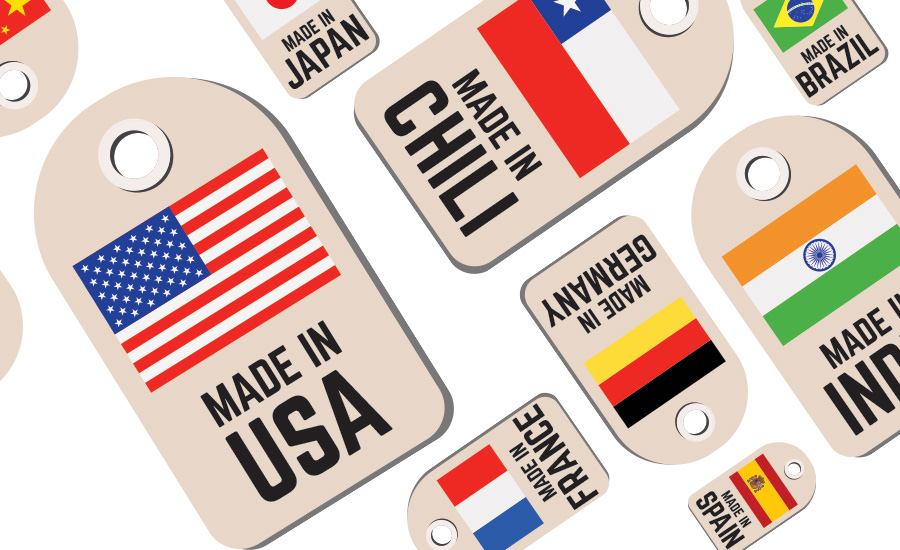
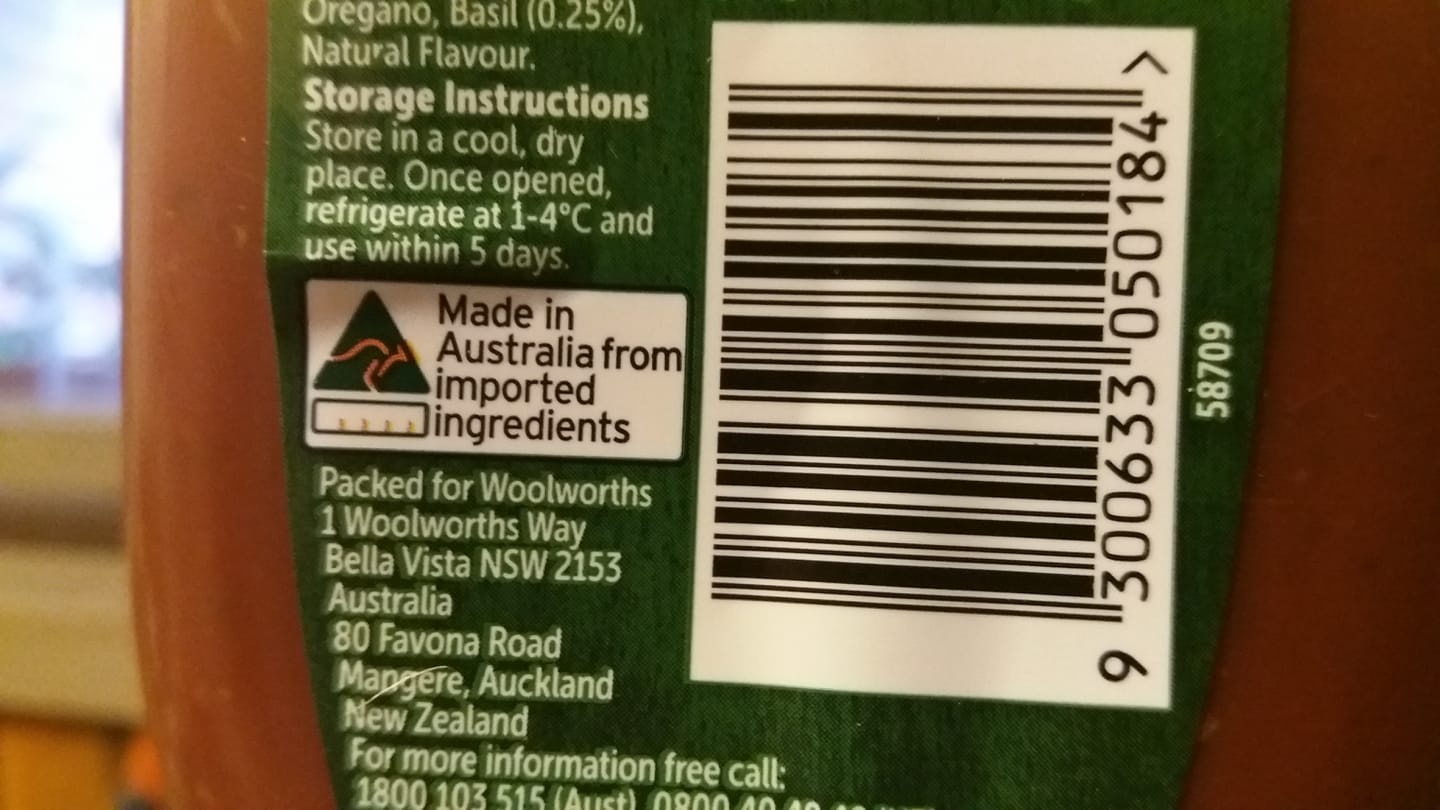
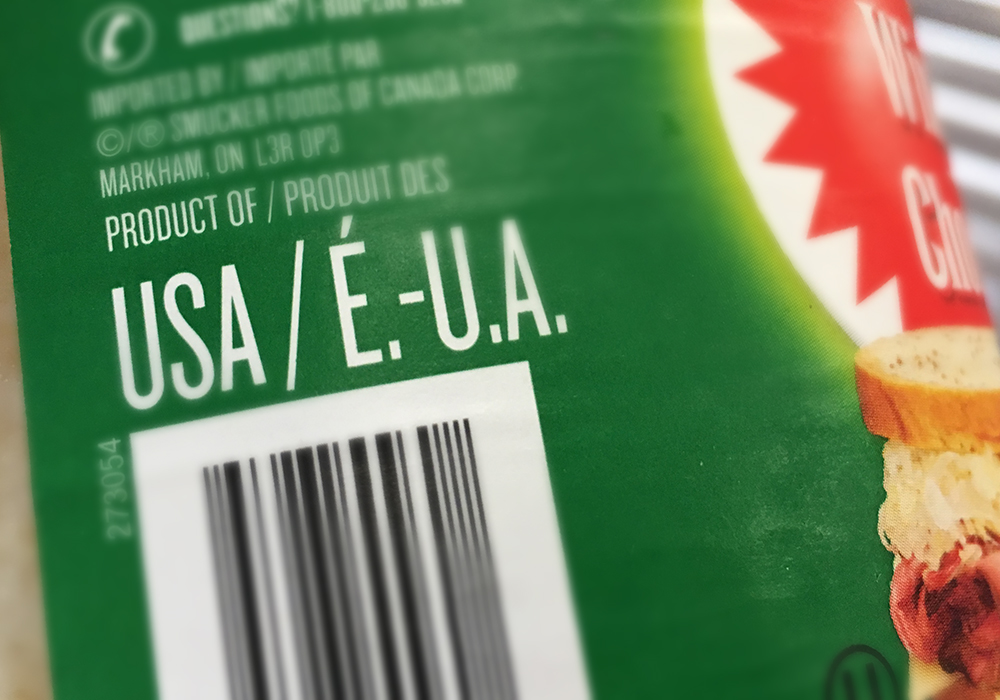



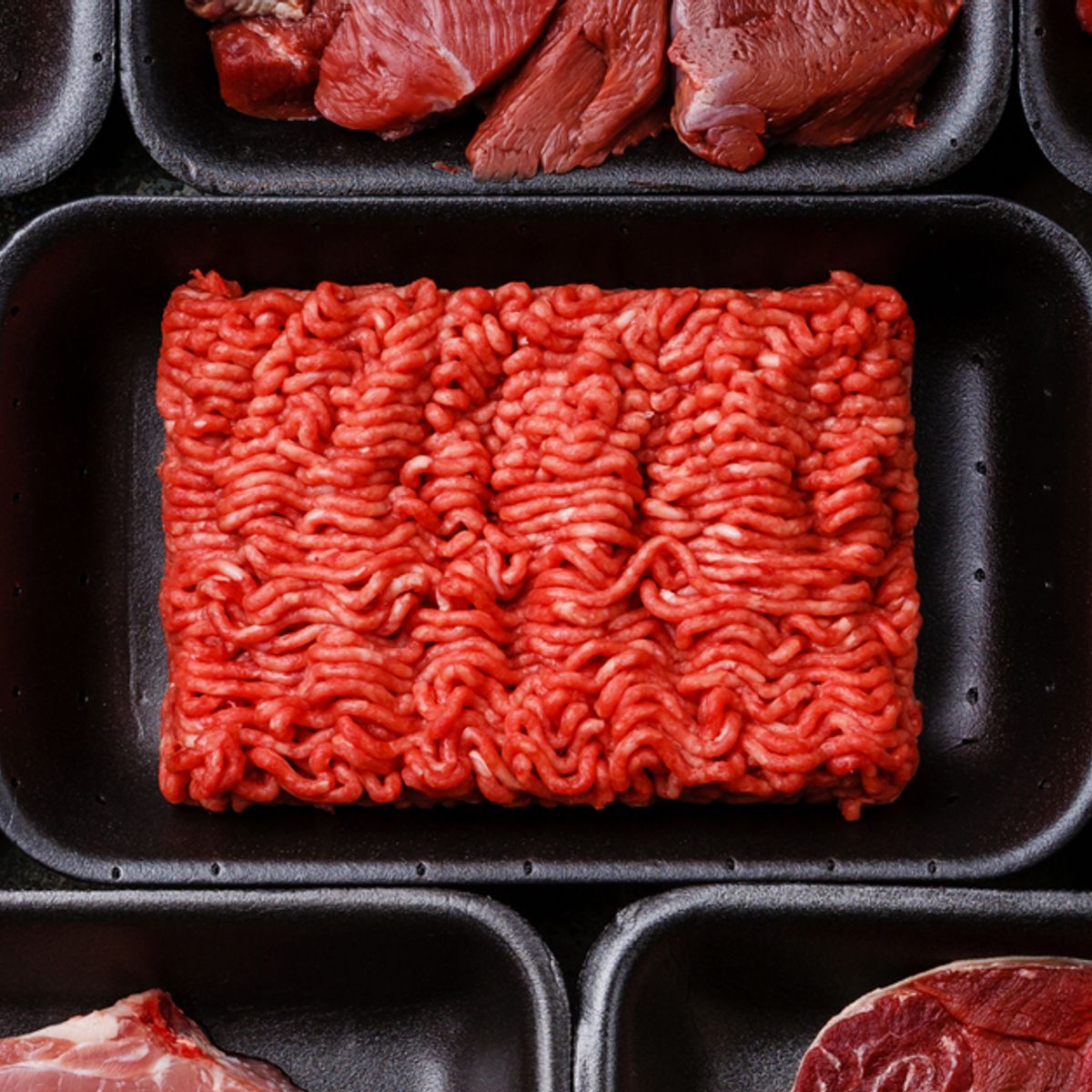
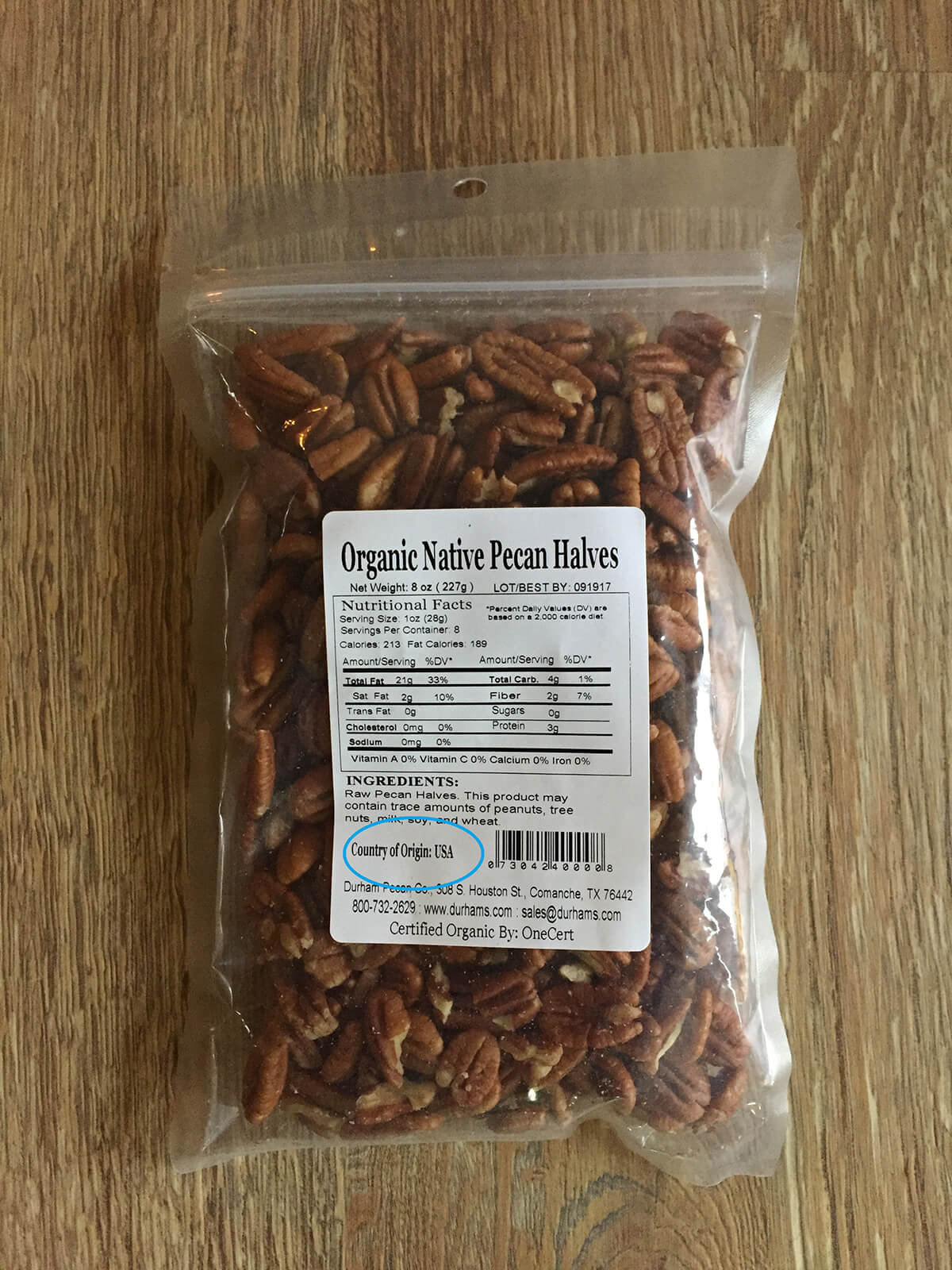
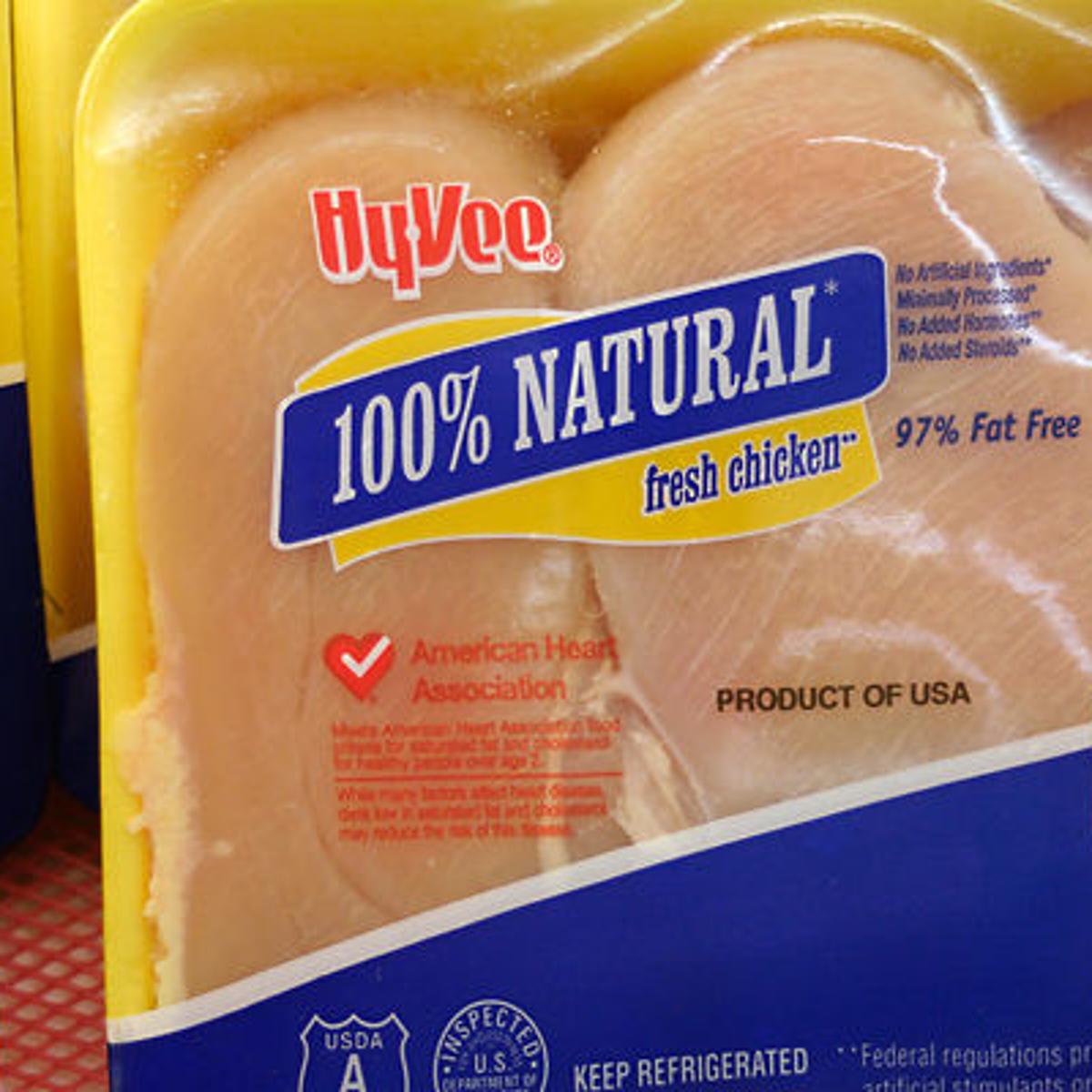

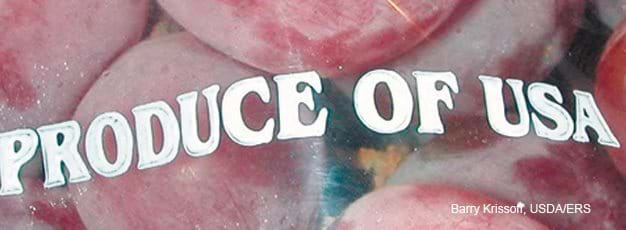
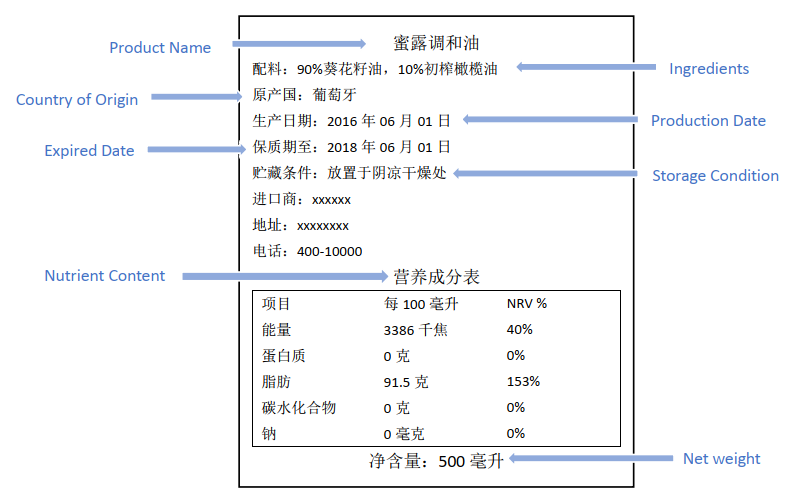
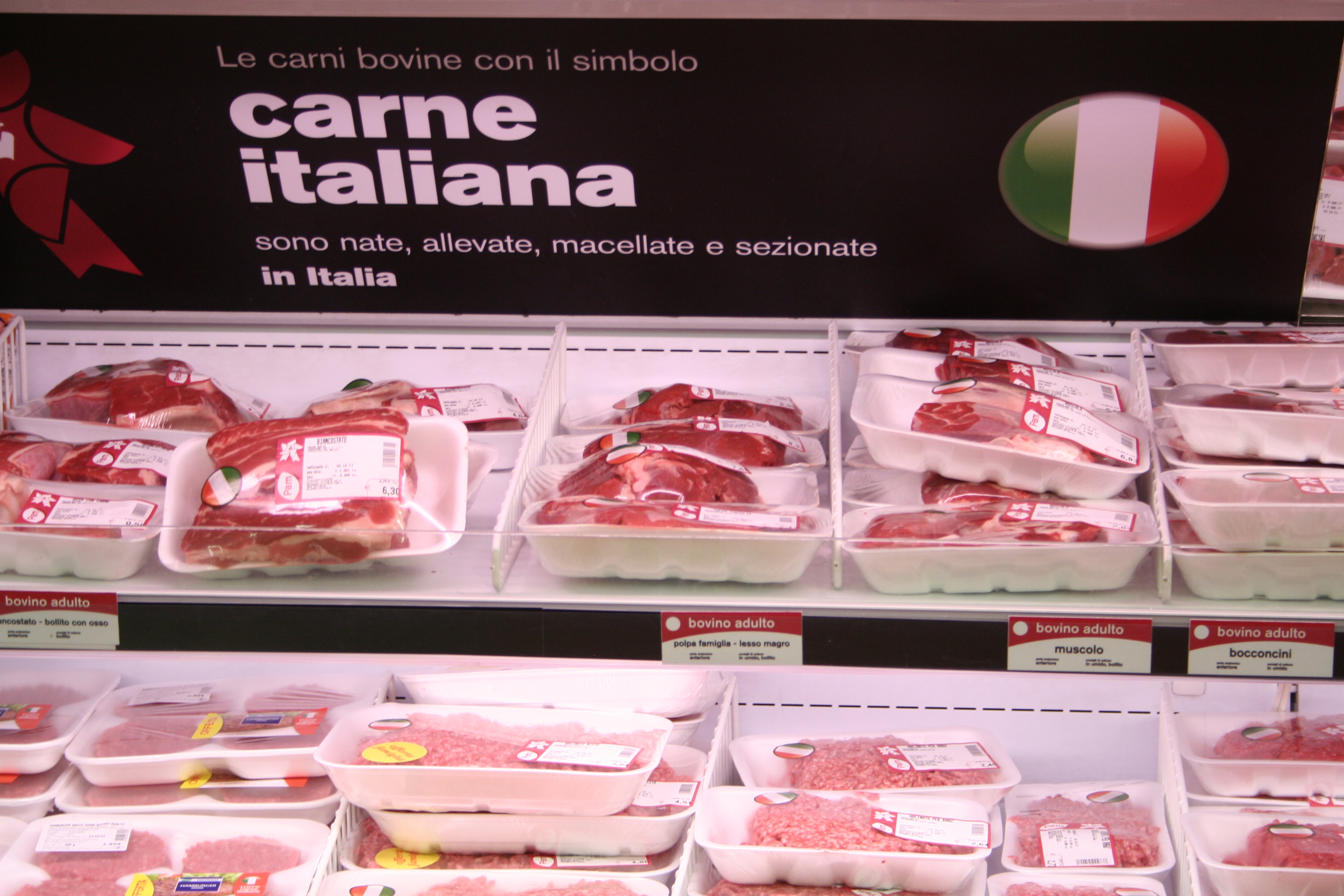
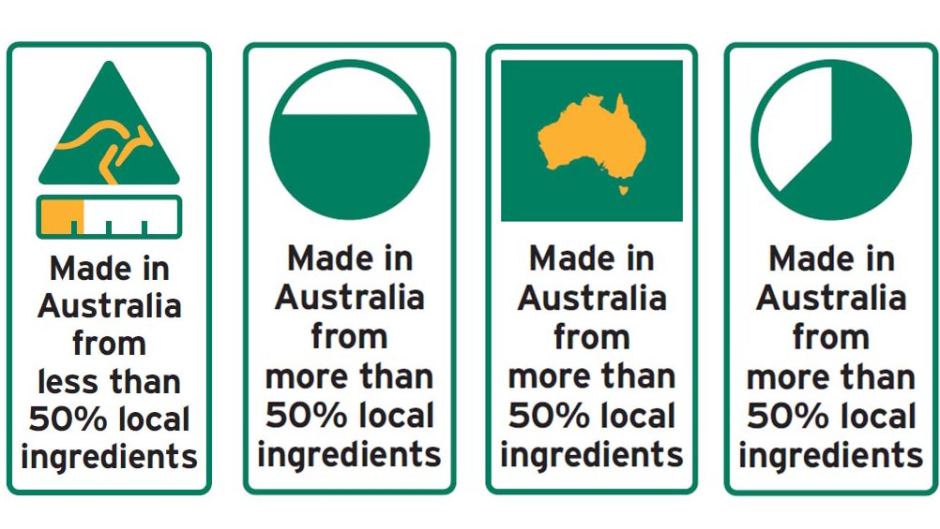

Post a Comment for "45 is country of origin required on food labels"